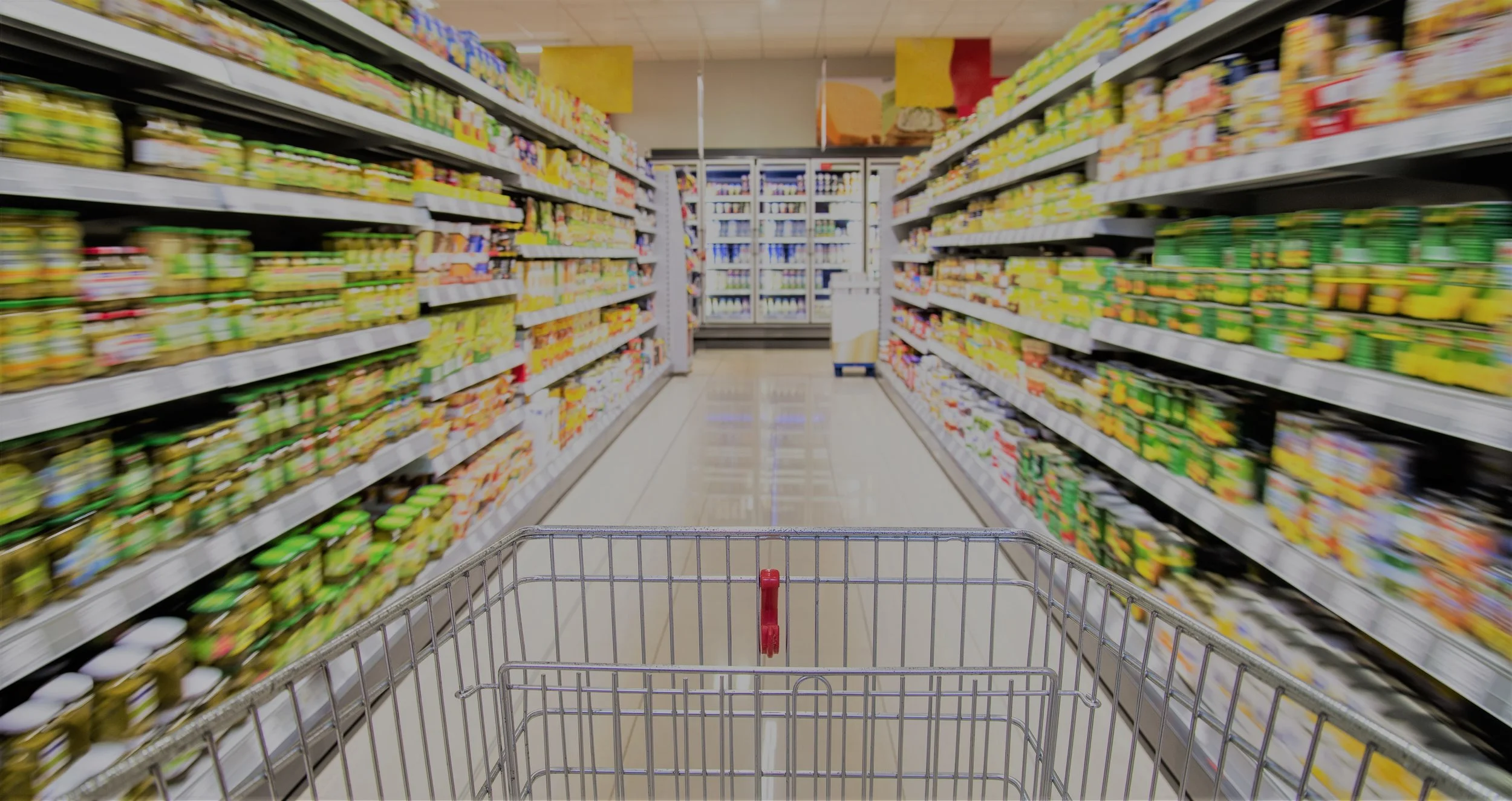Friday, April 7, 2017
Today's Specials:
BUSINESS: Should bars be required to have breathalyzers on-hand?
Should your bar or restaurant be legally required to have breathalyzers on hand? Canada thinks so. More than half of Canadians feel that bars and restaurants serving alcohol should be required to have breathalyzers on-hand for patrons, according to a new survey.
DID YOU KNOWs…
Maranda’s Nanny Bag
Country singer Maranda Lambert told Sounds of Nashville that she has her assistant pack her a “nanny bag” which contains a stash of liquor for emergencies, meltdowns and “things like that.” Maranda goes on to say that she likes to make the best of every situation. A tip we can all learn from, always be ready to party.
Chef’s Guide to Eating
Food Network recently conducted an anonymous survey among chefs across the country and convinced them to share 25 secrets they’ll never tell their diners. They also disclose menu items that they’d never order at restaurants. Interesssssting…
Wine Wine Wine
Ever wonder why the same type of wine may smell different? Well, Vine Pair explored the affects that wine aromas have on the brain as well as how to detect faults. Who said science wasn’t fun?
COMPETING WITH ‘GROCERANTS’
Why it matters to you: grocery stores may soon take away potential customers.
Restaurants are constantly prepared for new establishments to open that could possibly drive away potential customers. A new trend that’s been hurting some restaurants involves the rise of ‘grocerants,’ or a grocery store expanding into potential restaurants. The appeal of grocerants allows customers to get the convenience of being able to order a meal while simultaneously grocery shopping. Therefore grocery stores double their profit. Grocerants generated 2.4 billion visits and $10 billion in sales in 2016 by promoting restaurant-quality freshly prepared foods.
The driving customers of these grocery store-restaurant crossovers are mostly millennials and individuals in their 30s; the same that eat in restaurants. Grocery stores tend to have an edge with food sourcing and pricing meals affordably. While they seem to be a rising trend in the industry, it’s important to note that they have seen some challenges meeting the current standards regarding food safety. Although they remain a growing trend only time will tell whether the impact on restaurants will be significant.
BRIDGING THE GAP
Why it matters to you: revenue sharing and surcharges could be the future of restaurants.
One of the biggest issues in the restaurant industry involves how restaurants should bridge the pay gap between cooks and servers. In response to the growing problem, many establishments have adopted new creative fixes to the existing traditional concepts. A rising trend involves adding a tip line for kitchen staff by tracking a surcharge onto each check, and in some cases, sharing revenue with some staff. The problem is the drastic difference in the amount that servers make from tips compared to kitchen staff.
Between the rise in minimum wages across the country and elimination of the tipped minimum, it creates a lower hourly rate set for staff who do earn tips. Another general frustration regarding the topic relates to how kitchen workers with different skill sets earn such differing salaries. As we’ve seen in previous weeks, the gap between tipped and non-tipped workers is actually causing many individuals to leave restaurants to seek better-paying industries. The likelihood is increasing that revenue sharing and surcharges could be the future of restaurants.
TECH INVASION
Why it matters to you: are you on board with the tech theme hitting restaurants?
Technology is advancing at a rapid rate and is expanding into the restaurant scene. According to an Eater article, Chicago’s current dining trends have been dominated by “futuristic technology” and customers seem to be on board. Rotary sushi is relatively new to the United States, but it has a 50-year history in Japan which has now started to grow. The technology-based sushi style has “revolutionized Japan” by cutting labor costs and speeding up service. Rotary sushi restaurants typically feature two robotic trains delivering rolls to diners and table-side touchscreens that guests will use to place custom orders.
This is a direct example of how the restaurant industry is headed for a tech-based theme. With the drastic increase in fast casual restaurants and extremely successful mobile-order and delivery options, restaurants are headed in a technology dominated direction. Some fear that the rising trend with automation could cost people their jobs. Many of Chicago’s most popular restaurants are proof that guests are willing to pay a premium for “labor-intensive products” which has caused the theme to catch on.











